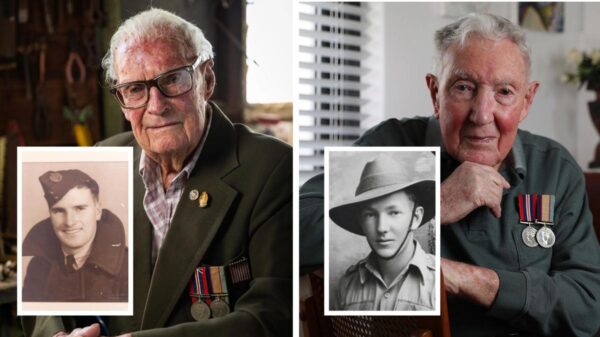BREAKING: In a groundbreaking achievement, surgeons from Scotland and the US have successfully performed the world’s first remote stroke surgery using robotic technology. This revolutionary procedure, which took place recently, promises to change the landscape of emergency medical care for stroke patients worldwide.
The historic operation was led by Professor Iris Grunwald from the University of Dundee. Utilizing a robot, she executed a robotic thrombectomy—a surgical method for removing blood clots—from a human cadaver located at a different facility. Hours later, Dr. Ricardo Hanel, a neurosurgeon based in Florida, conducted the same procedure remotely, marking the first-ever transatlantic robotic operation of its kind, performed over a staggering distance of 4,000 miles.
The implications of this innovative technology are profound. As noted by Professor Grunwald, “It felt as if we were witnessing the first glimpse of the future. Where previously this was thought to be science fiction, we demonstrated that every step of the procedure can already be done.” This statement reflects the optimism surrounding the potential of robotic surgery to address critical medical needs in areas lacking specialist surgeons.
Researchers at Dundee’s World Federation for Interventional Stroke Treatment training center emphasize that this advancement could save thousands of lives by significantly reducing treatment delays for stroke patients. With stroke being a leading cause of disability and death globally, timely intervention is crucial for successful outcomes.
The procedure not only showcases the capabilities of modern robotics but also highlights the urgent need for accessible medical care in remote and underserved regions. The ability to perform surgeries from great distances could bridge the gap in healthcare access and provide life-saving treatments wherever they are needed.
As this technology continues to develop, medical professionals and researchers will be closely monitoring its effectiveness and applicability in real-world scenarios. The next steps include clinical trials and further research to establish protocols for the safe and effective use of robotic surgery in emergency situations.
Stay tuned for more updates as this story unfolds. The future of emergency care may very well depend on these technological advancements, offering hope to millions who need timely medical interventions.



































































